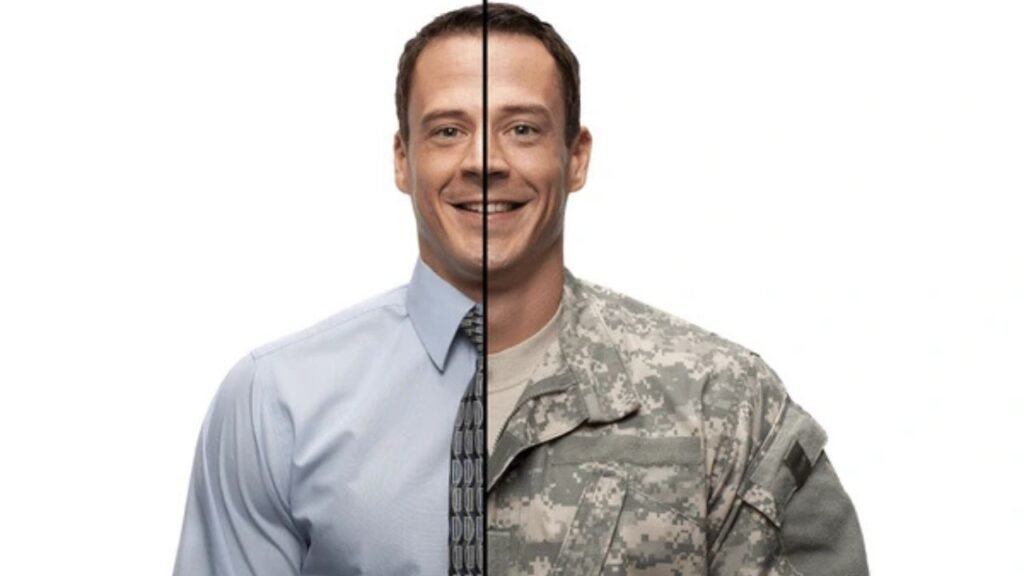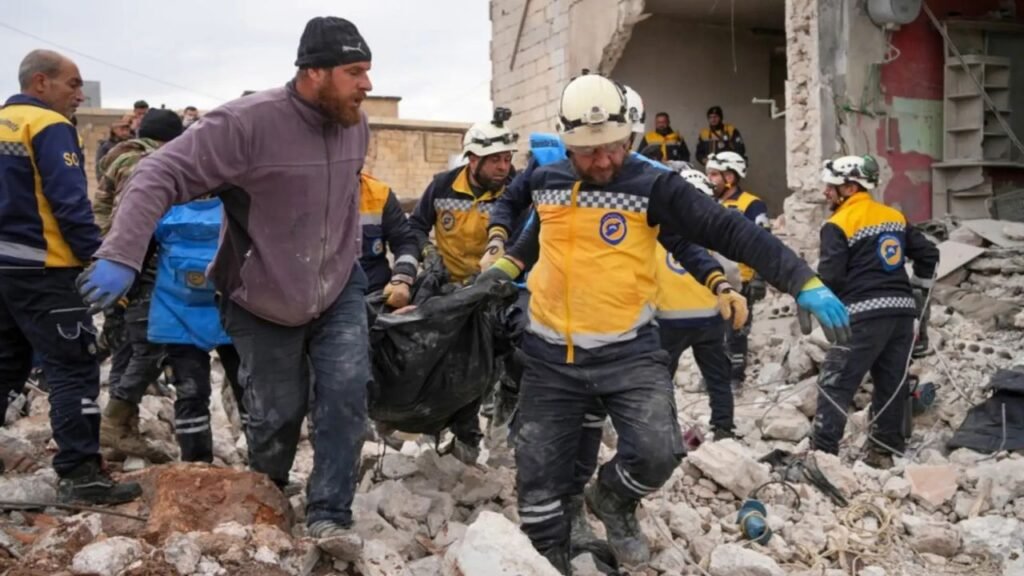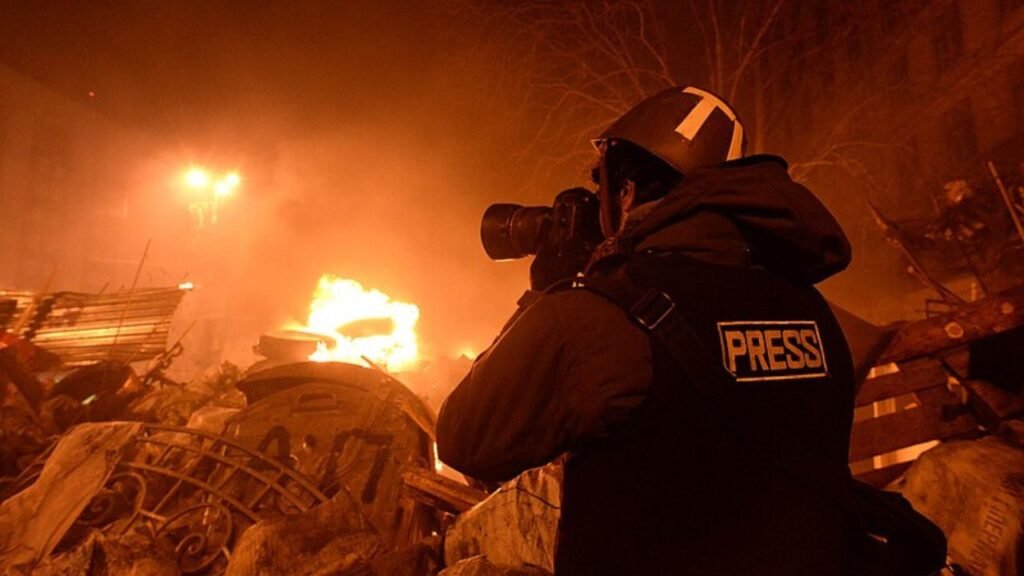Is It A War Crime To Dress As A Civilian? Dressing as a civilian in a conflict can be considered a war crime if done to deceive and commit acts of combat, as it violates the laws of war regarding the protection of civilians.
War has constantly been a terrible and devastating part of human history. While the chaos of battle typically causes complex situations, there are rules developed to protect those who are not associated with the fight.
Among the most significant concepts of international humanitarian law is the security of civilians. In some disputes, combatants have actually used deceptive techniques, including dressing as civilians, to get a military benefit. But the question emerges: is it a war criminal offense to gown as a civilian?
In this post, we’ll explore this question by breaking down what worldwide law says about it, how it affects civilians, and why such tactics are widely condemned. [Is It A War Crime To Dress As A Civilian?]
By the end of this post, you’ll have a clearer understanding of the legal ramifications of this act and how it affects both the laws of war and civilian security.
Contents
- 1 Understanding War Crimes and the Geneva Conventions
- 2 The Role of Civilians in Warfare
- 3 Combatants Disguising as Civilians
- 4 Legal Implications
- 5 Practical Examples and Historical Incidents
- 6 The Impact on Civilian Safety
- 7 Condemning the practice or safeguarding
- 8 Conclusion: Is It A War Crime To Dress As A Civilian?
Understanding War Crimes and the Geneva Conventions
Before diving into the specifics of whether impersonating a civilian is thought about as a war criminal activity, it’s important to comprehend what makes up a war crime in the very first place.
What Are War Crimes?
War criminal offenses are serious infractions of the laws and customs of war. These laws remain in place to ensure that even in the midst of conflict, standard human rights are respected.
Some examples of war crimes include intentionally targeting civilians, utilizing prohibited weapons (like chemical or biological agents), and committing imitation torture or taking captives. [Is It A War Crime To Dress As A Civilian?]
The Role of the Geneva Conventions
These conventions were developed to safeguard those who are not actively involved in battling, including civilians and prisoners of war. The Geneva Conventions highlight the value of differentiating between non-combatants and contenders to minimize civilian damage during disputes.
The Role of Civilians in Warfare
Civilians are considered non-combatants and are supposed to be protected under global law. However, their security is typically jeopardized in armed disputes due to the violation of laws of war.
The Protection of Civilians
International humanitarian law operates on the concept that civilians ought to not be directly assaulted. Civilians ought to only be targeted if they are directly included in hostilities (such as fighting or supporting military operations). [Is It A War Crime To Dress As A Civilian?]
Difference Between Combatants and Non-Combatants
The distinction between contenders and civilians is important in warfare. Non-combatants, including civilians, the injured, and prisoners, ought to be secured from damage.
Combatants Disguising as Civilians
Now, let’s take a closer look at the act of combatants camouflaging themselves as civilians, a practice that has been utilized throughout history to acquire military advantage. However, why would soldiers want to do this, and how is it seen under worldwide law?
Why Is This Tactic Used?
In times of war, contenders may utilize any readily available benefit to outmaneuver the opponent, and one such method is dressing as civilians. This can permit soldiers to penetrate opponent territory unnoticed, gather intelligence, sabotage operations, and even perform surprise attacks.
In unbalanced warfare, such as guerrilla battles, combatants often do not have the high-end of a uniform army, making civilian disguises attractive, if controversial, choices. [Is It A War Crime To Dress As A Civilian?]
Even though it might use a tactical advantage, dressing as a civilian throughout wartime is not just a creative ploy– it is dangerous and illegal.
How International Law Views This Tactic
Under the Geneva Conventions, dressing as a civilian in combat is thought about as a war criminal offense. The factor for this is clear: the method weakens the concept of difference, which is one of the foundations of worldwide humanitarian law.
Combatants are required to differentiate themselves from civilians to avoid confusion and make sure that only military targets are engaged.
When soldiers camouflage themselves as civilians, they harm innocent individuals in damage method, making it tough to separate between who is a combatant and who is a non-combatant.
The Legal and Ethical Concerns
By disguising as a civilian, a combatant not just runs the risk of violating the Geneva Conventions but likewise jeopardizes the security of the civilian population. [Is It A War Crime To Dress As A Civilian?]
Civilians who are captured in the crossfire may be targeted mistakenly, and their security becomes even more rare when the lines between contenders and civilians are blurred.
Legal Implications
So, what takes place lawfully when a contender disguises themselves as a civilian? The effects are serious, as this method is thought to be an infraction of international law.
War Crimes Classification
International law, particularly the Geneva Conventions, classifies dressing as a civilian as a war criminal activity. The principle of distinction is at the heart of this restriction, and when soldiers impersonate civilians, they deliberately disregard this rule.
Such acts are seen as an attempt to trick the enemy and possibly trigger damage to innocent civilians. Therefore, contenders caught utilizing this method might be held liable for their actions under international law. [Is It A War Crime To Dress As A Civilian?]
Repercussions of Violating International Law
The consequences of disguising as a civilian can be extreme. If a soldier is found guilty of devoting this war criminal activity, they might deal with prosecution at an international court, such as the International Criminal Court (ICC).
Practical Examples and Historical Incidents
Throughout history, combatants have utilized the strategy of dressing as civilians, leading to significant consequences and discussions about the legality of such actions. [Is It A War Crime To Dress As A Civilian?]
World War II
Throughout World War II, both the Axis and Allied forces supposedly used civilians or civilian clothes as a method to deceive the enemy. This caused arguments on whether such strategies were warranted, specifically provided the extensive suffering and the civilian casualties that arise from such confusion.
The use of civilian disguises throughout the war was among the techniques that led to the advancement of more defined rules for the protection of civilians. [Is It A War Crime To Dress As A Civilian?]
Modern Conflicts
In more recent conflicts, such as those in the Middle East, contenders have employed the technique of blending in with civilian populations. This has actually been especially typical in guerrilla warfare, where combatants do not have the very same uniform and structure as a traditional army.
This kind of habit complicates military operations, as it ends up being more tough to distinguish between non-combatants and combatants, ultimately threatening civilians.
See Also: Is It A War Crime To Kill A Military Commander?
The Impact on Civilian Safety
The use of civilian disguises has serious ramifications for the security of innocent people captured in the dispute. [Is It A War Crime To Dress As A Civilian?]
Increased Civilian Casualties
It increases the probability of innocent people being targeted when contenders dress as civilians. Military forces, struggling to recognize genuine targets, might mistake civilians for combatants, leading to unnecessary civilian casualties. The confusion caused by such strategies can have devastating effects on those attempting to remain out of the conflict.
Long-Term Consequences for Civilian Populations
The long-term effects on civilians can be serious. When the lines between combatants and civilians are blurred, it deteriorates rely on the military, both from the viewpoint of the regional population and the worldwide community. This not only makes life harder for civilians throughout the conflict but also makes complex post-war healing and restoring efforts.
Condemning the practice or safeguarding
While it’s clear that dressing as a civilian is usually seen as a violation of global law, some argue that in asymmetrical warfare, such tactics are a necessity. [Is It A War Crime To Dress As A Civilian?]
Justifications for Disguising as a Civilian
Some contenders and military groups argue that in circumstances of asymmetric warfare, such as when a smaller force faces a bigger one, disguising as civilians may be the only way to survive or get a tactical benefit. In these cases, soldiers may feel they have no other choice but to utilize deceptiveness to level the playing field.
Why It’s Unacceptable
Regardless of these arguments, the worldwide community condemns the practice extremely. Camouflaging as a civilian breaches the core concepts of the Geneva Conventions, which are developed to protect the lives of innocent individuals and keep some degree of order and humanity even in the chaos of war. [Is It A War Crime To Dress As A Civilian?]
Conclusion: Is It A War Crime To Dress As A Civilian?
Impersonating a civilian throughout a dispute is not just a strategic ploy– it’s a violation of global law and a serious breach of the protection that civilians are worthy of. Under the Geneva Conventions, such actions are classified as war criminal activities because they put innocent lives in danger, complicate military operations, and weaken the security of non-combatants.
Eventually, while tactics like these might offer a short-term advantage on the battlefield, they come at a terrific ethical and legal expense. The rules of war exist for a reason: to guarantee that even in the darkest times, we can protect the most susceptible and pursue minimizing the horrors of conflict.
By camouflaging as a civilian, a combatant not only risks breaking the Geneva Conventions but also jeopardizes the safety of the civilian population. Civilians who are caught in the crossfire may be targeted incorrectly, and their security becomes even more rare when the lines between civilians and combatants are blurred.
Throughout World War II, both the Axis and Allied forces reportedly utilized civilians or civilian clothing as a method to deceive the enemy. The use of civilian camouflage throughout the war was amongst the tactics that led to the advancement of more defined rules for the defense of civilians.
Military forces, having a hard time identifying genuine targets, might error civilians for combatants, resulting in unnecessary civilian casualties. [Is It A War Crime To Dress As A Civilian?]

Vicente Underwood is from New Jersey, USA. He studied law and now works with his senior. In his free time, he writes blogs. Jackson is a proud father of two girls and enjoys balancing his work and family life.




